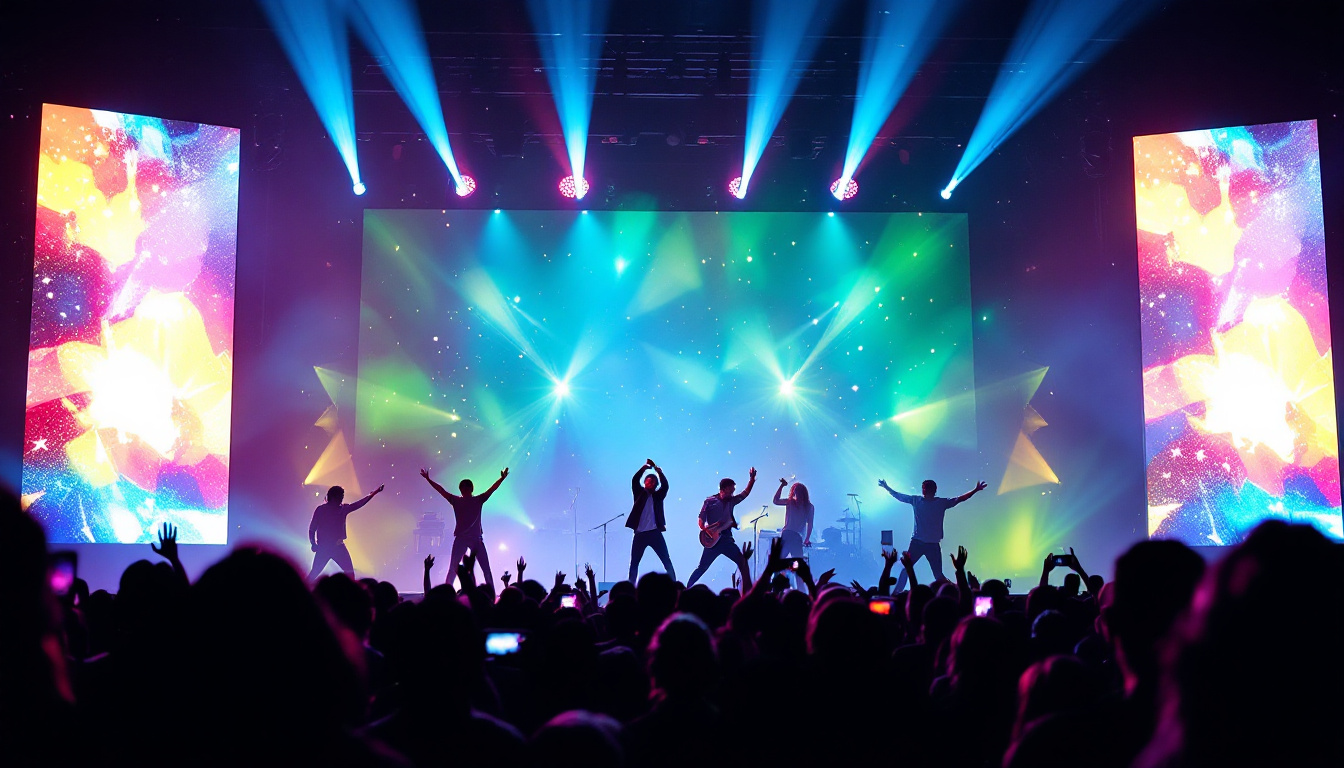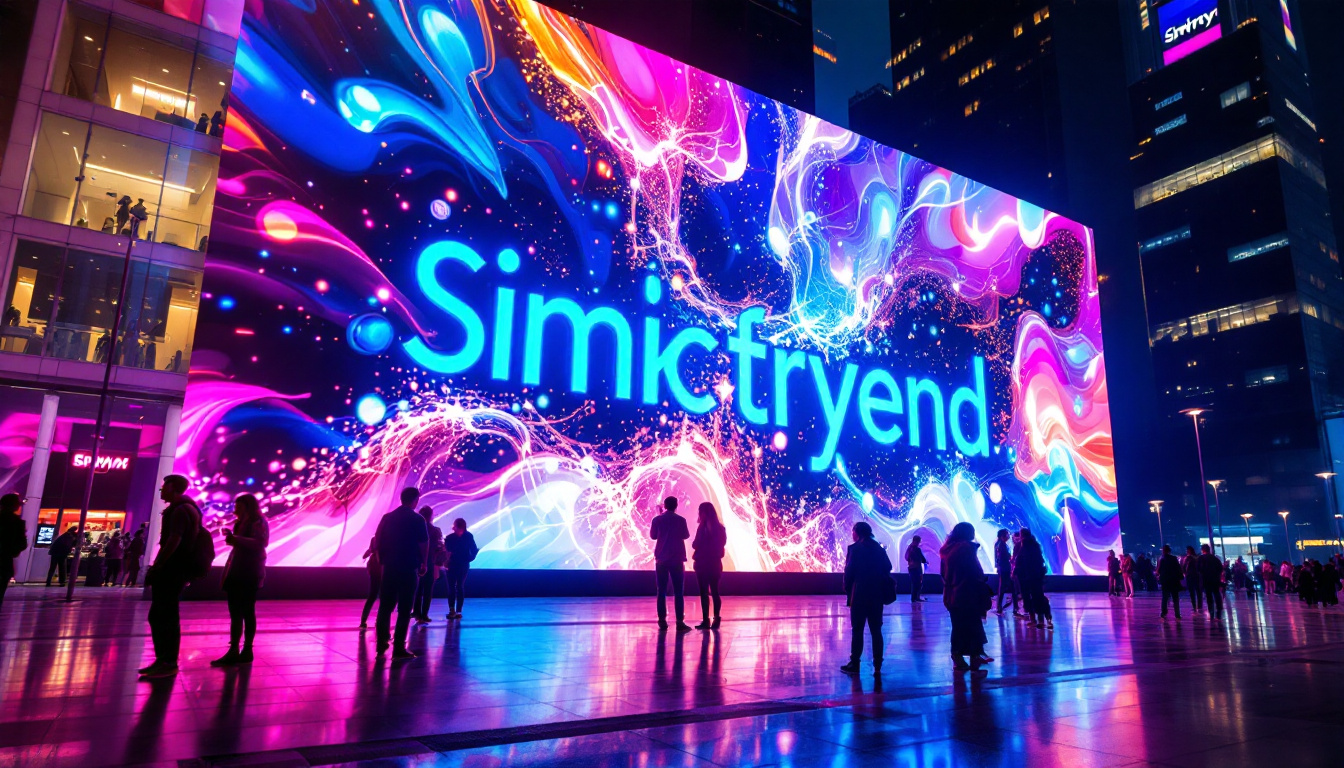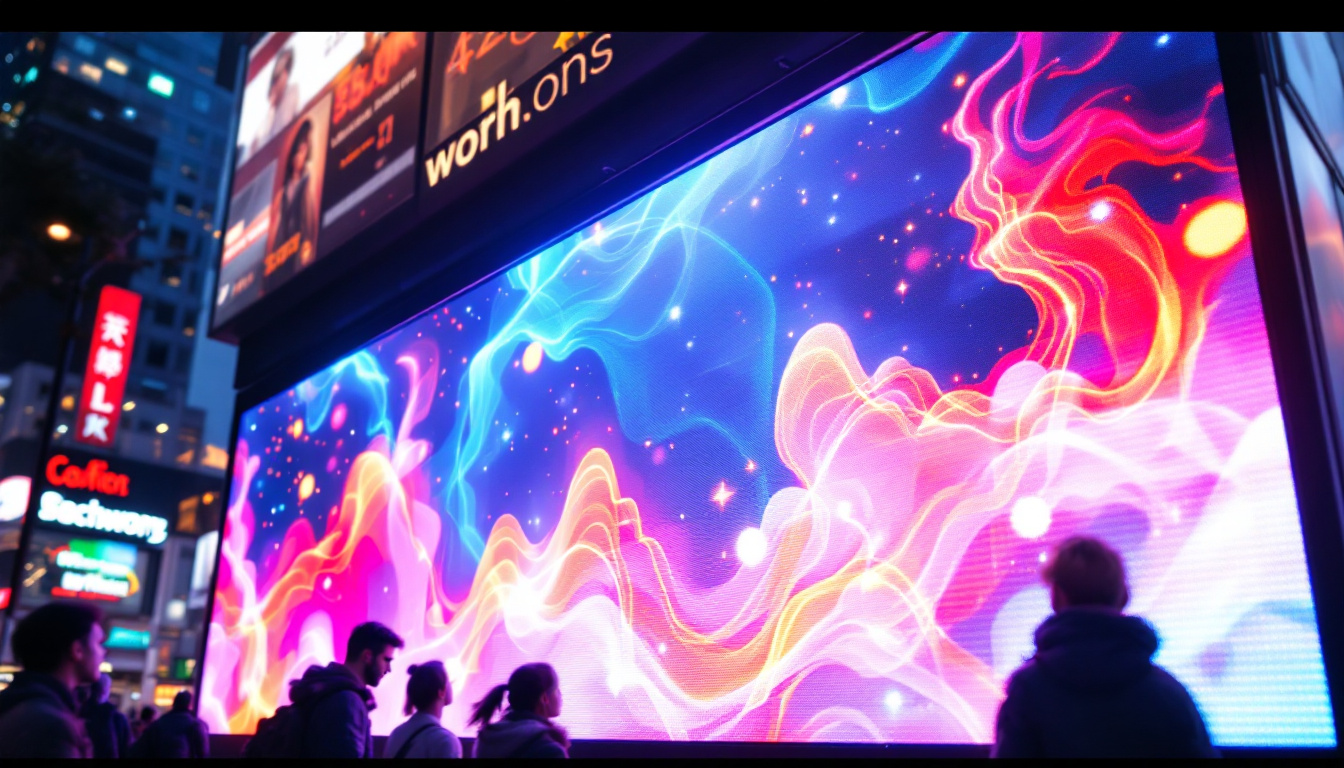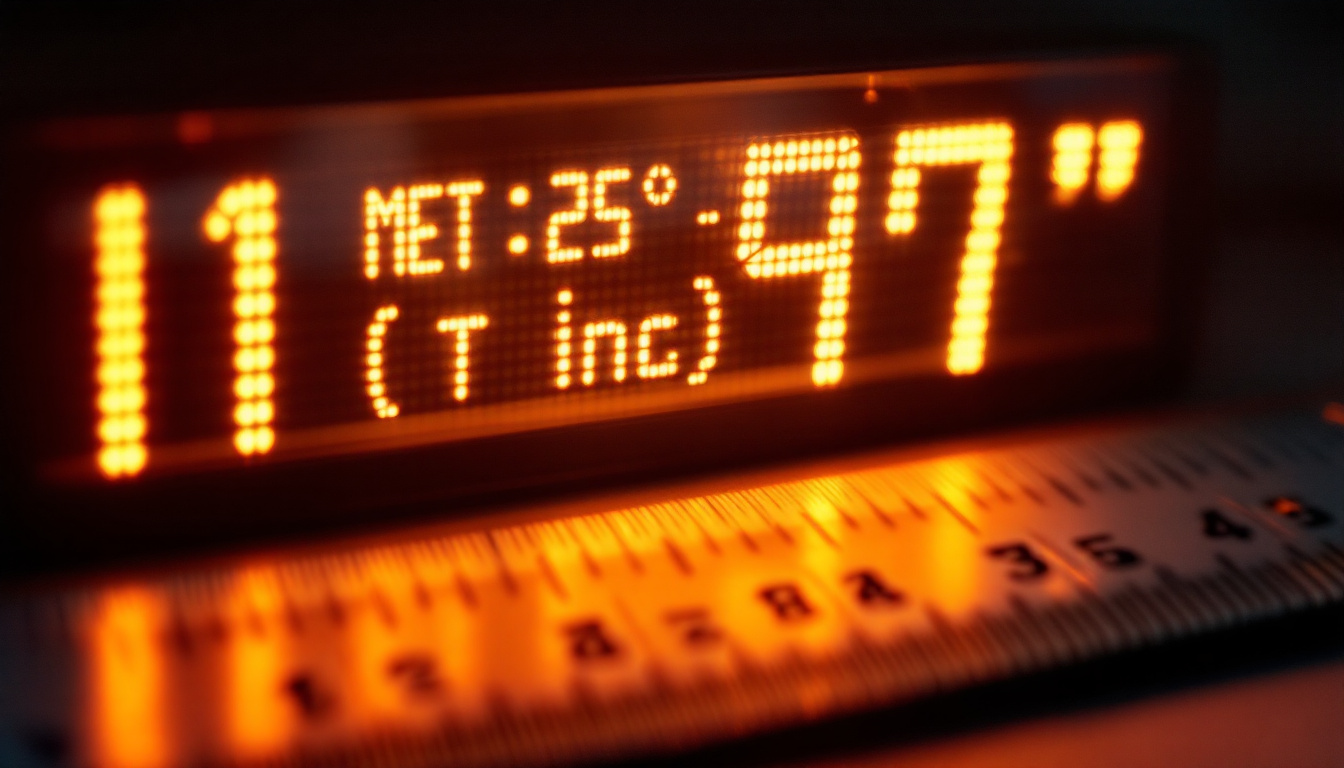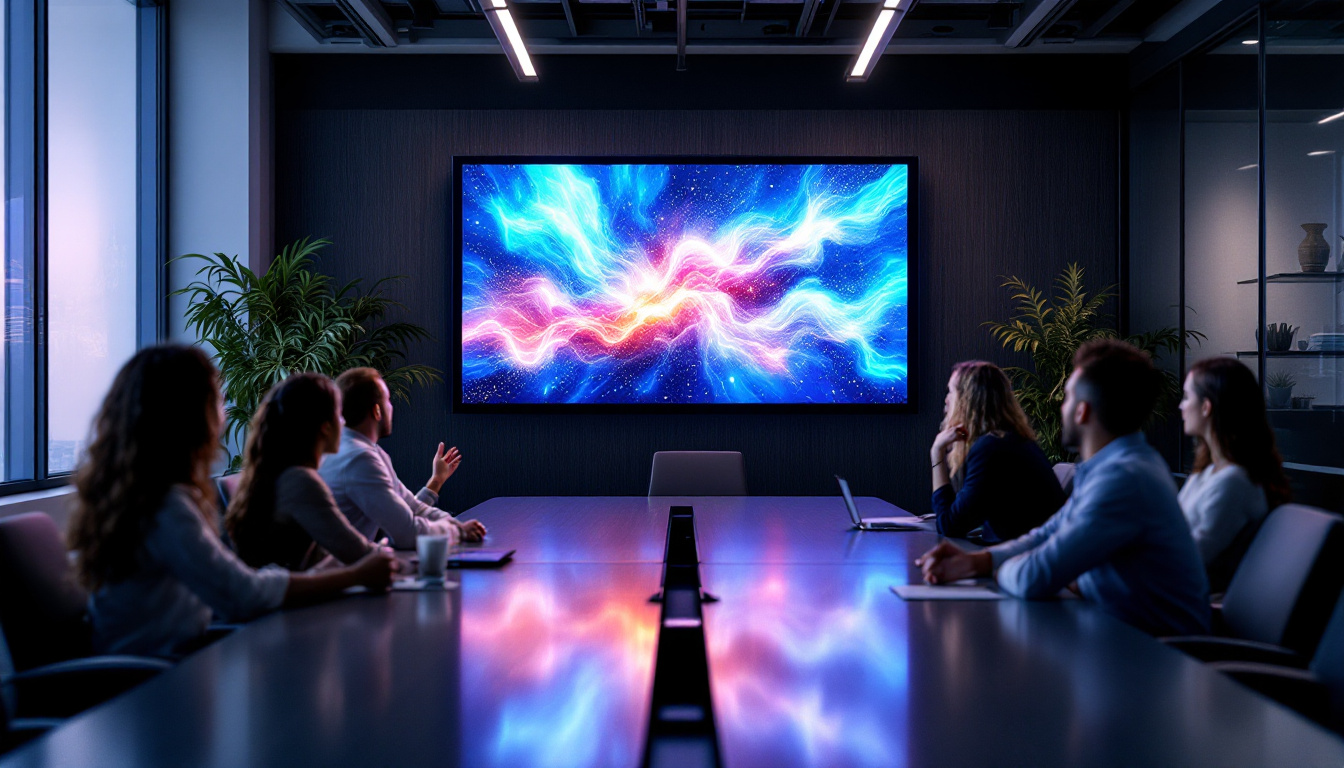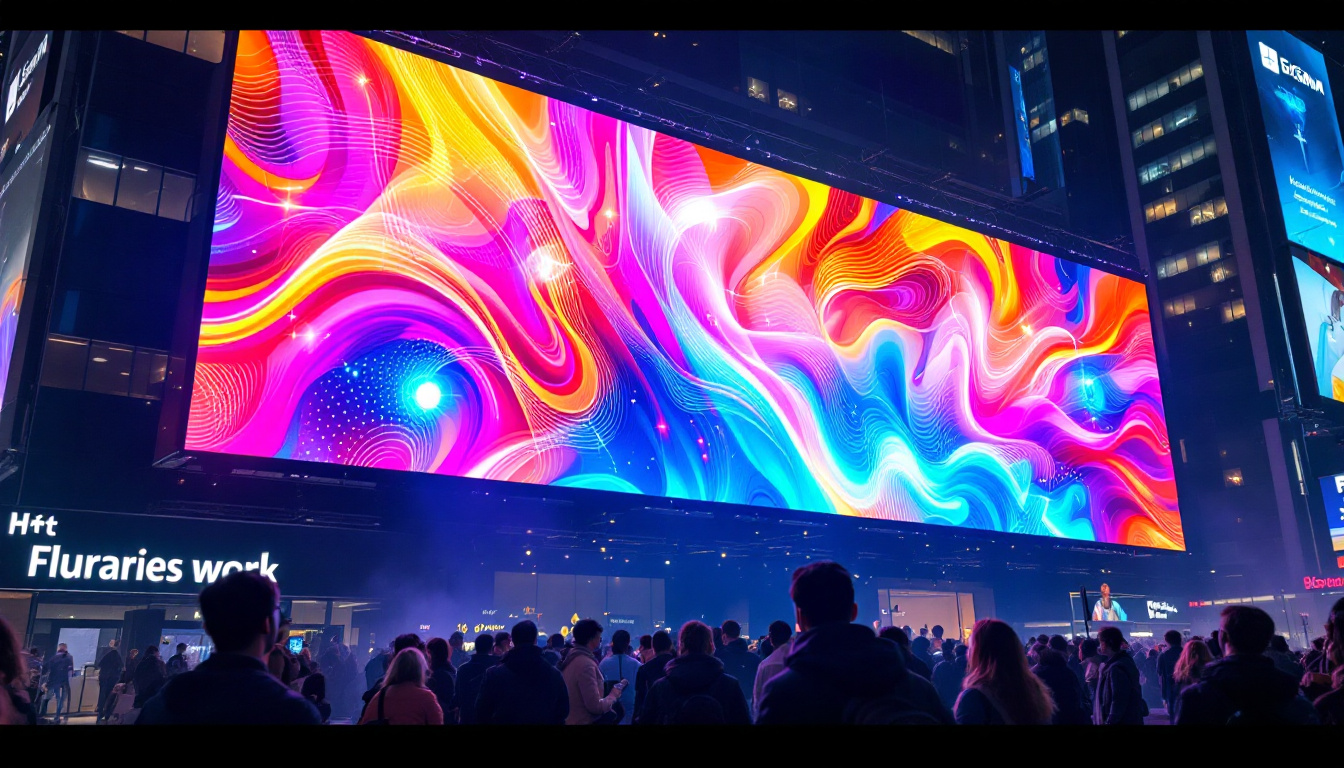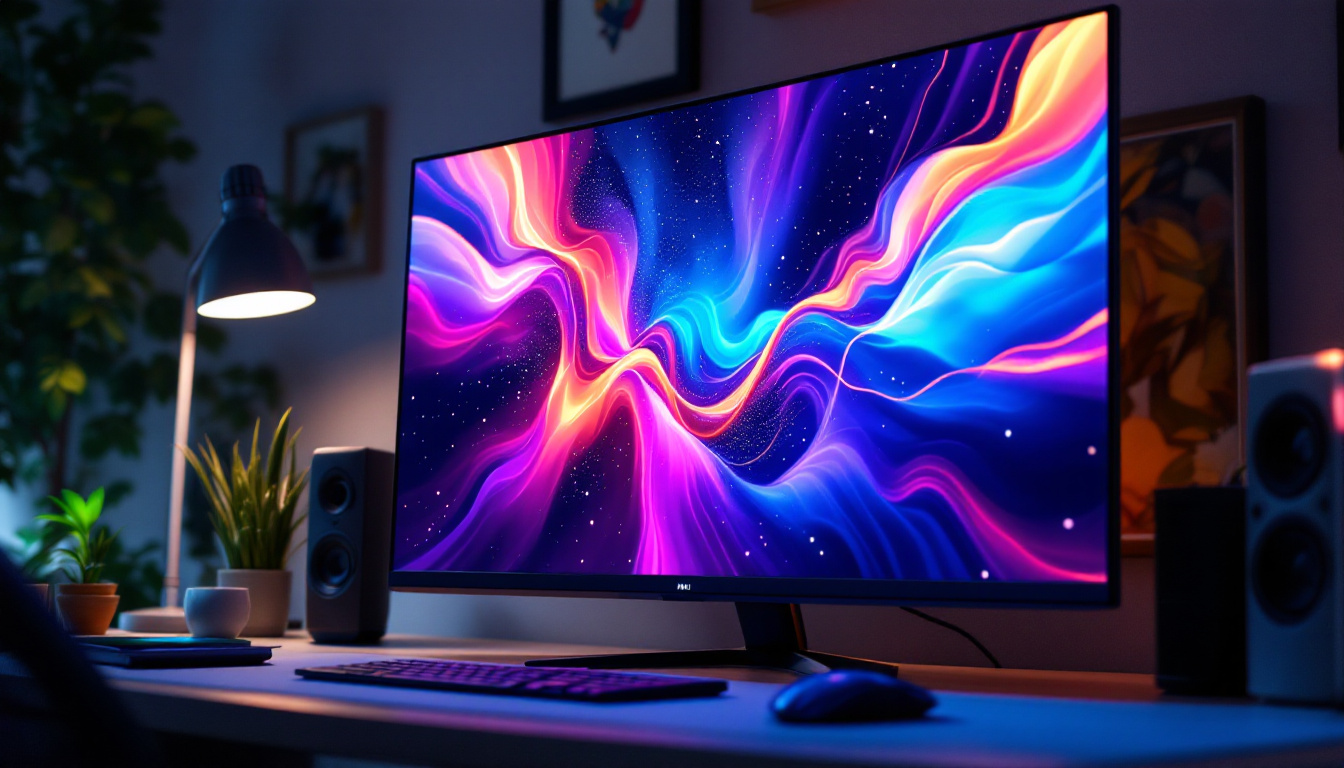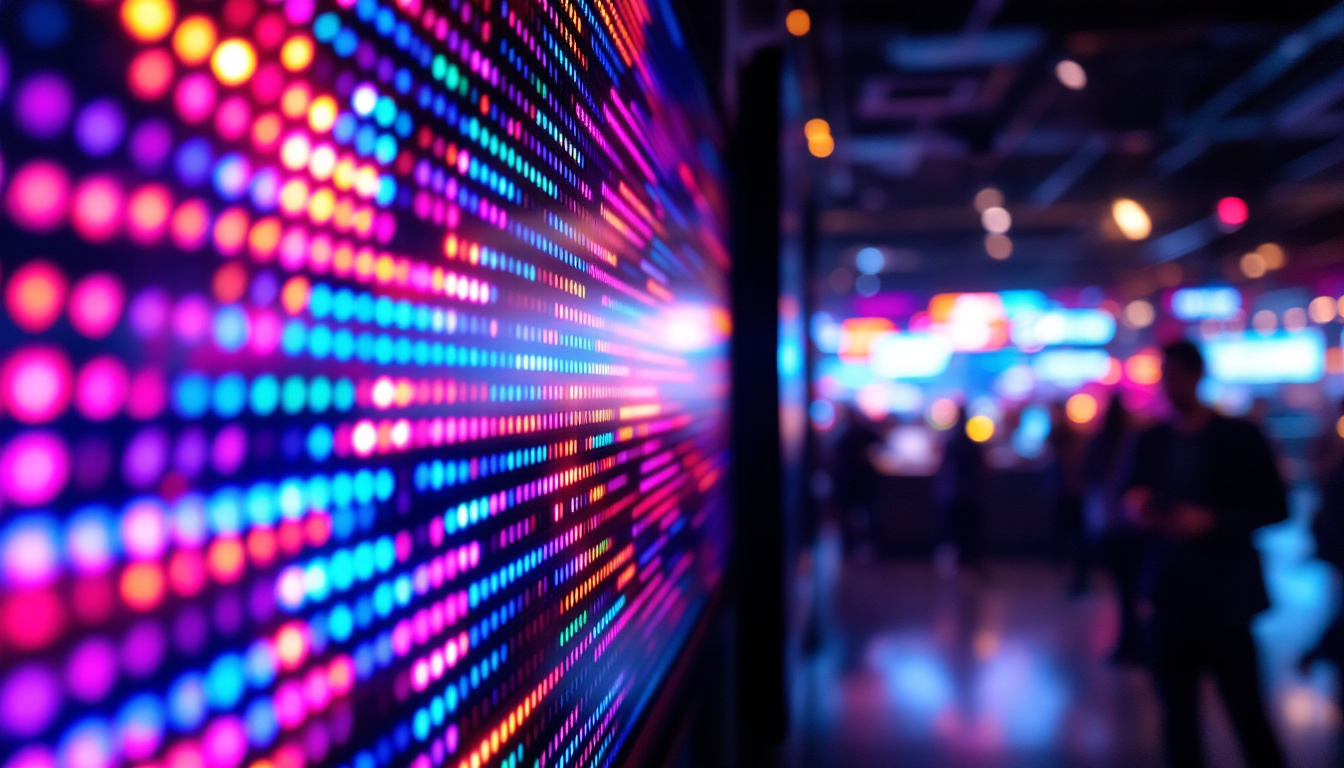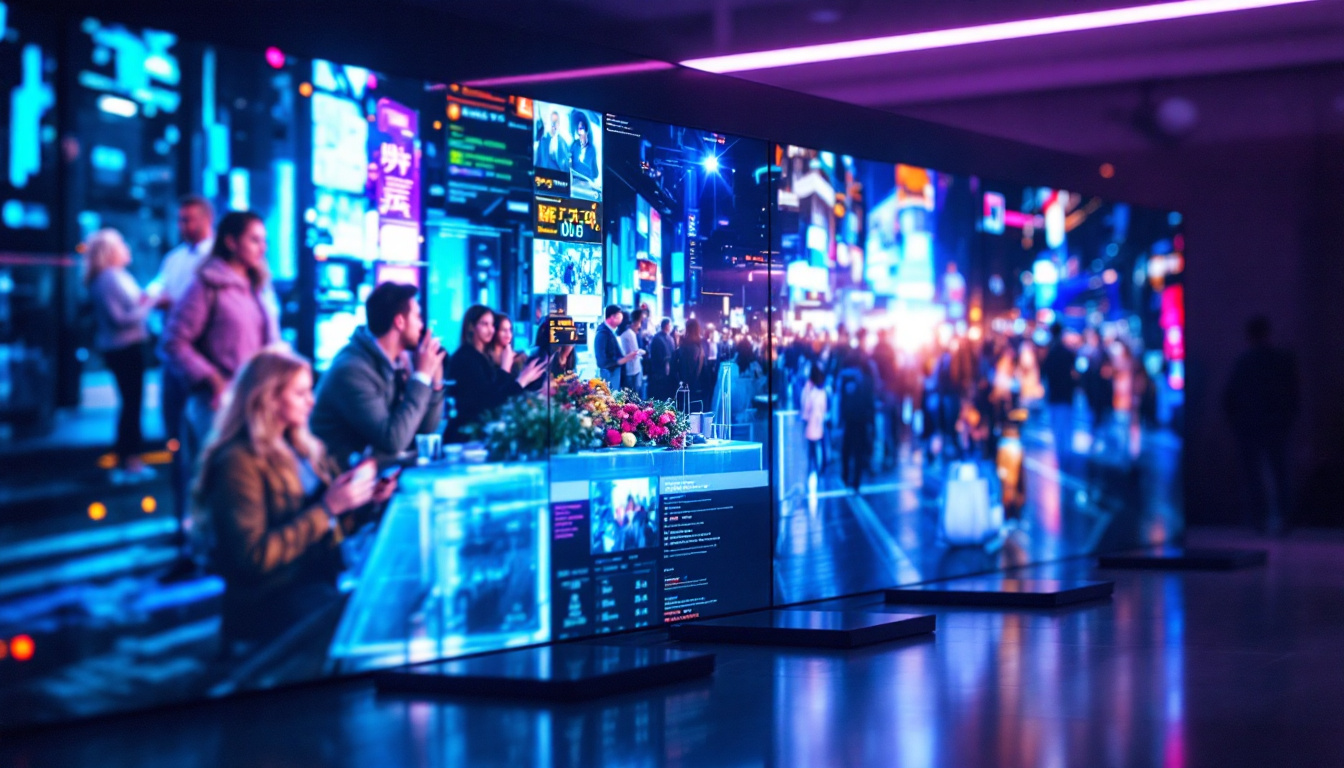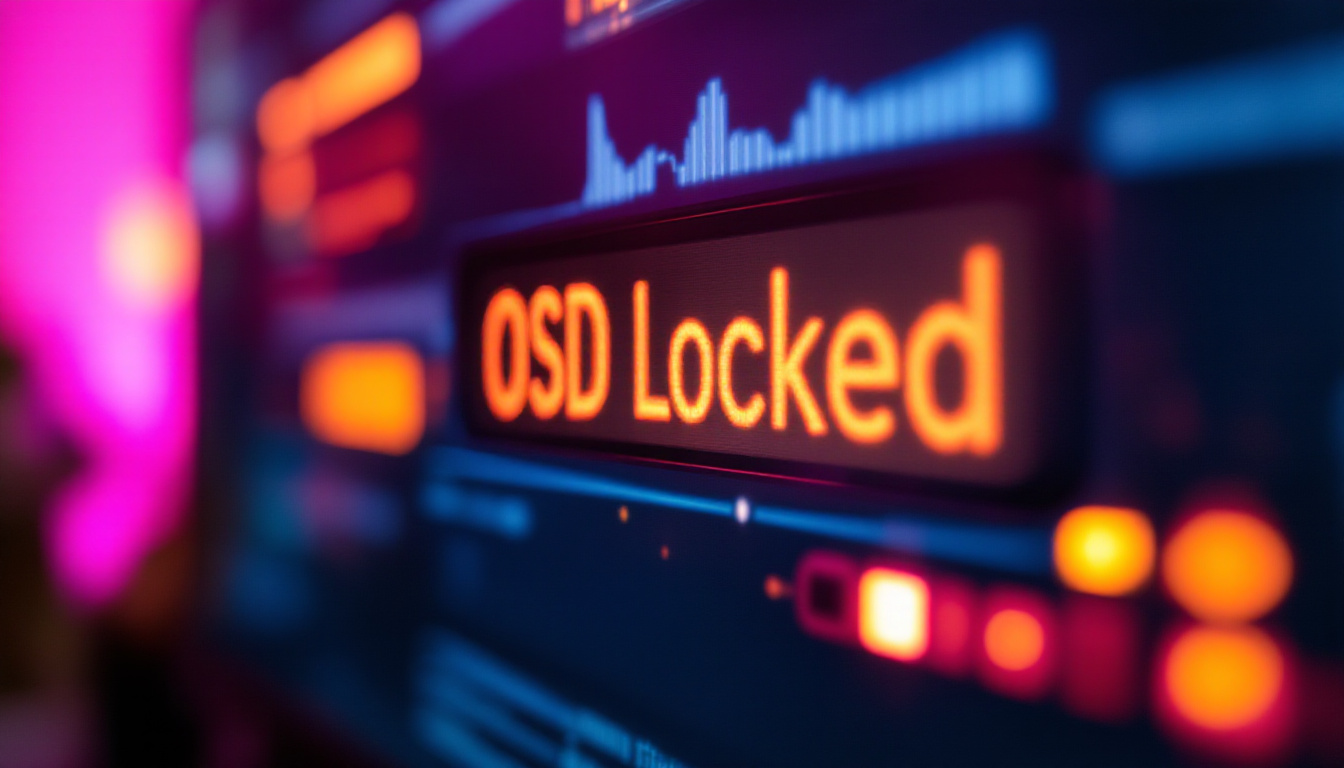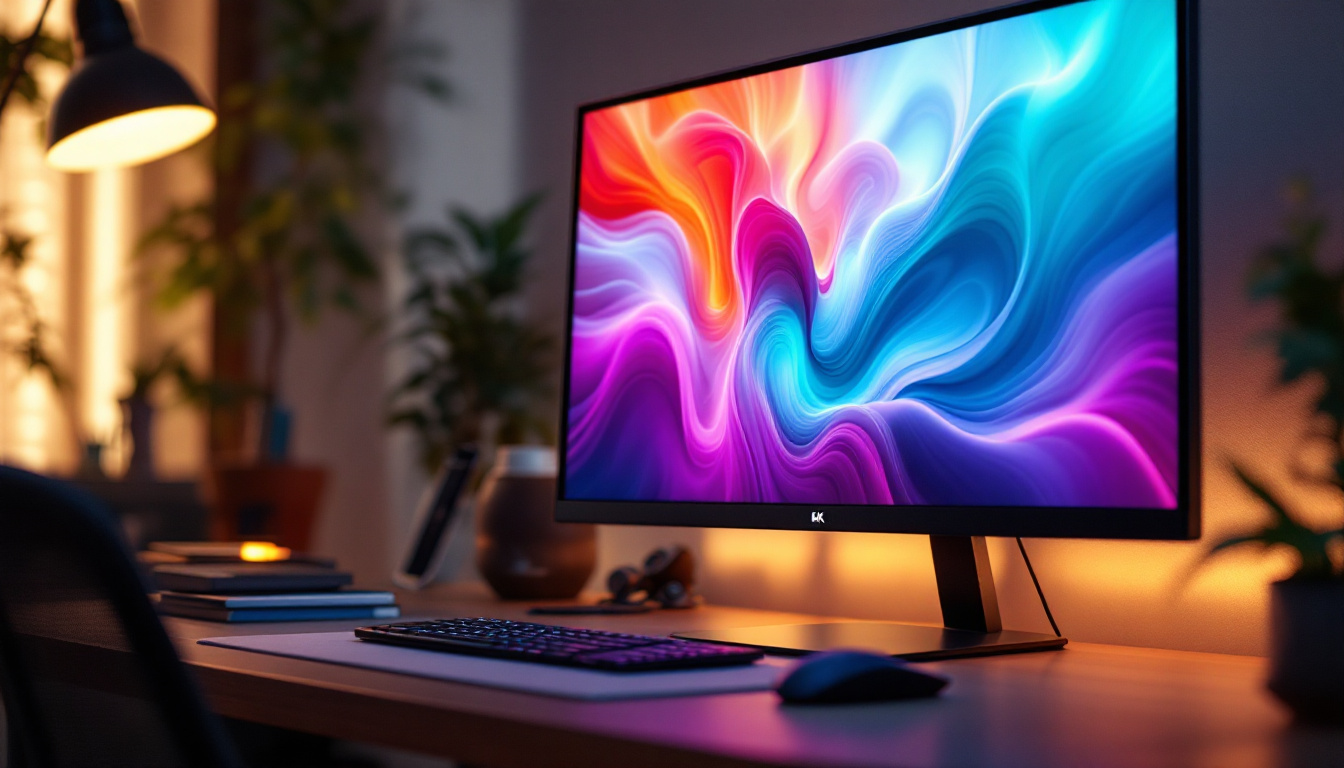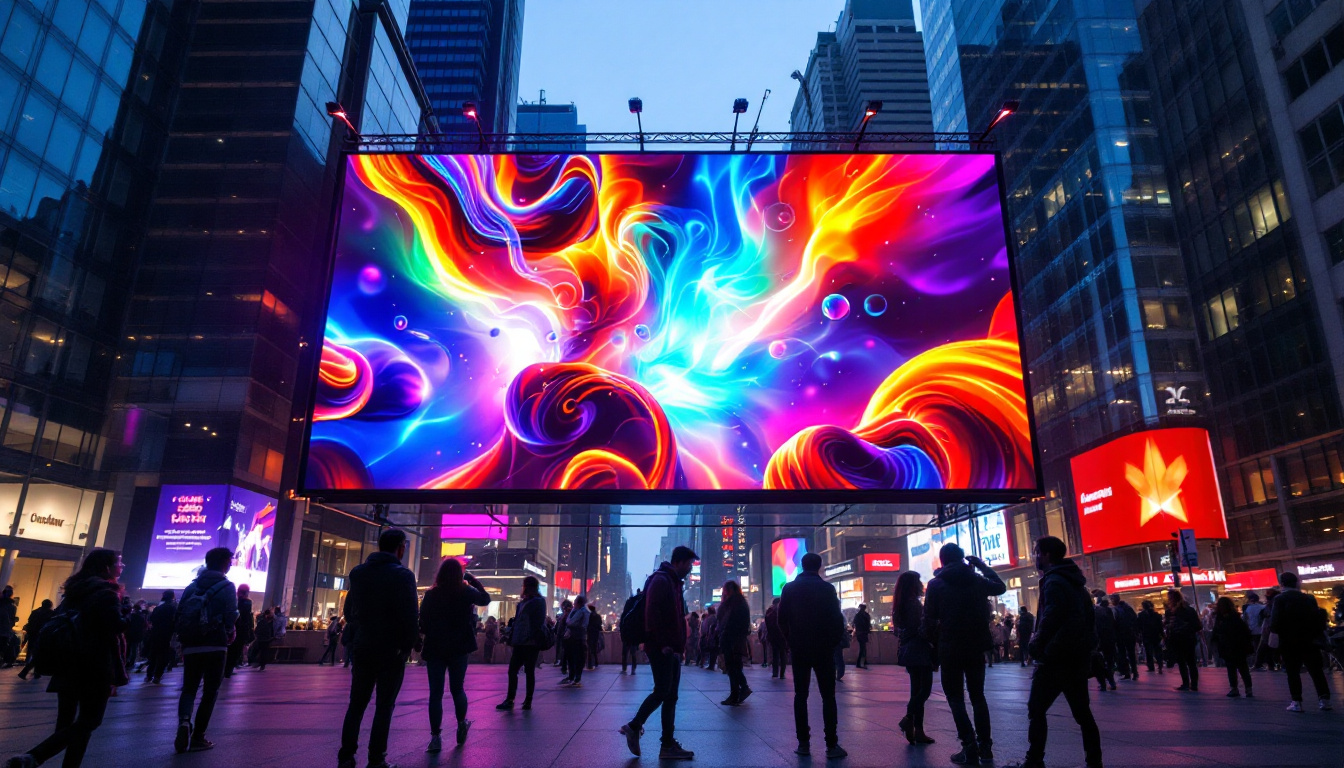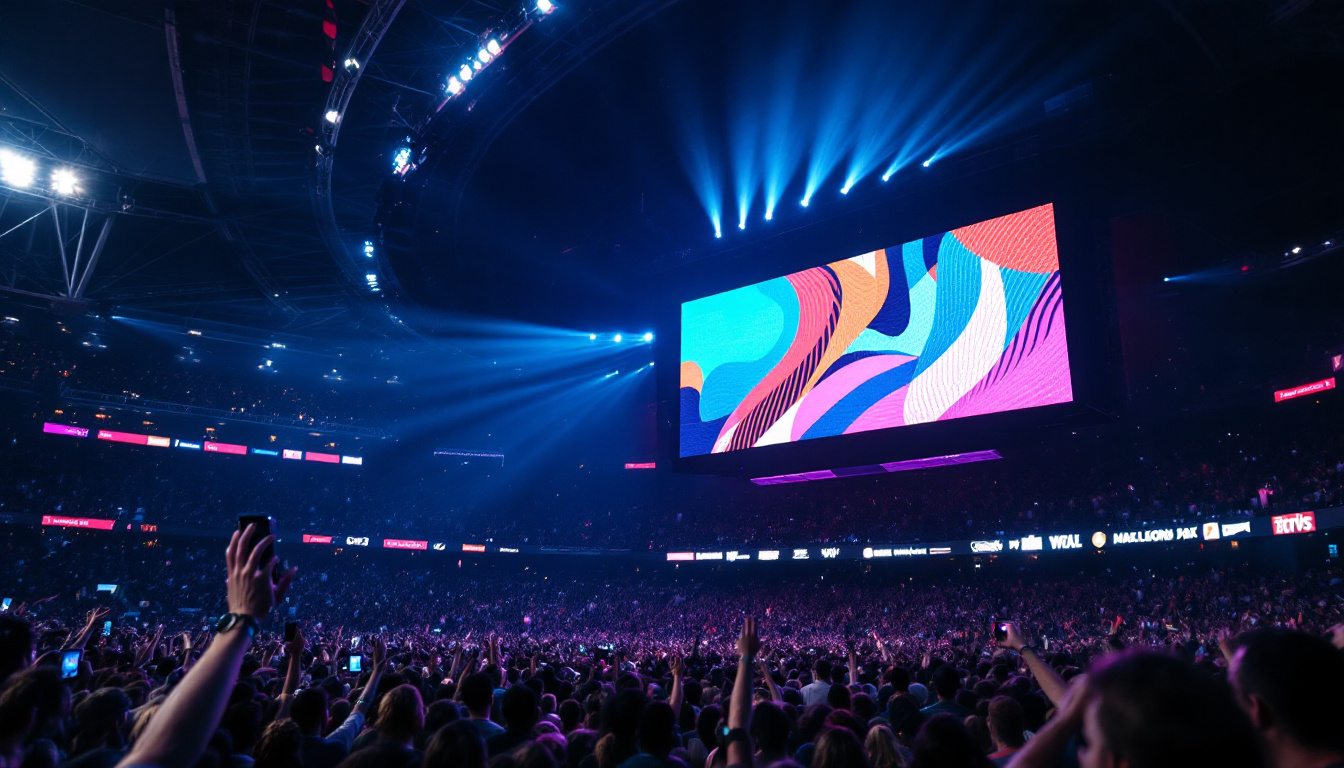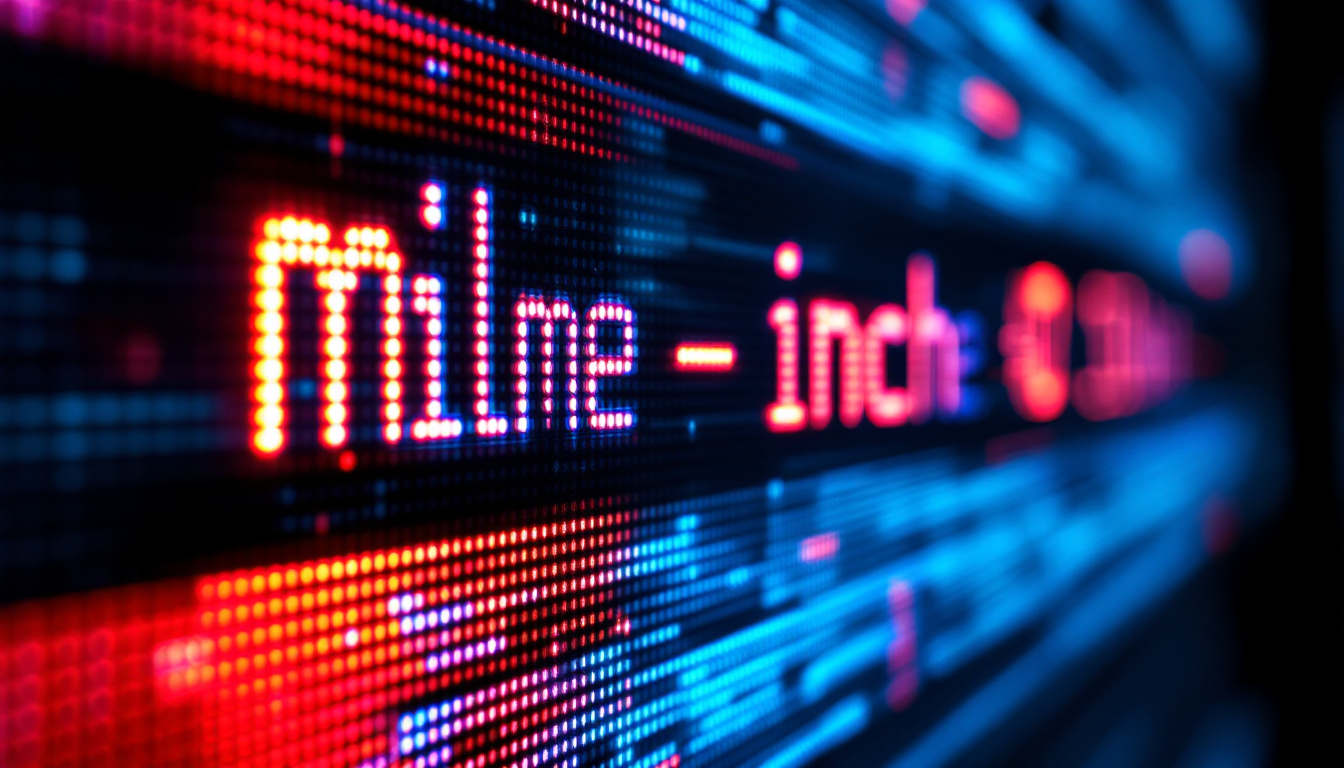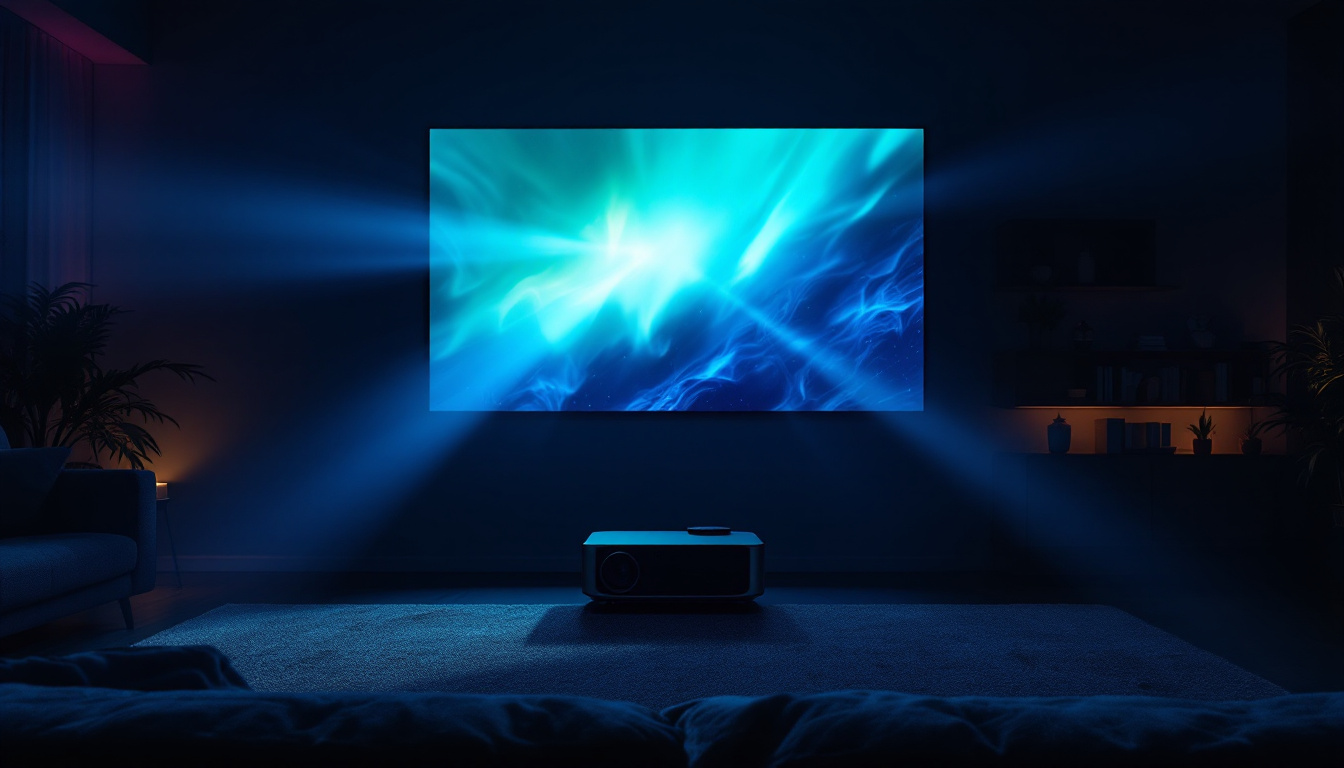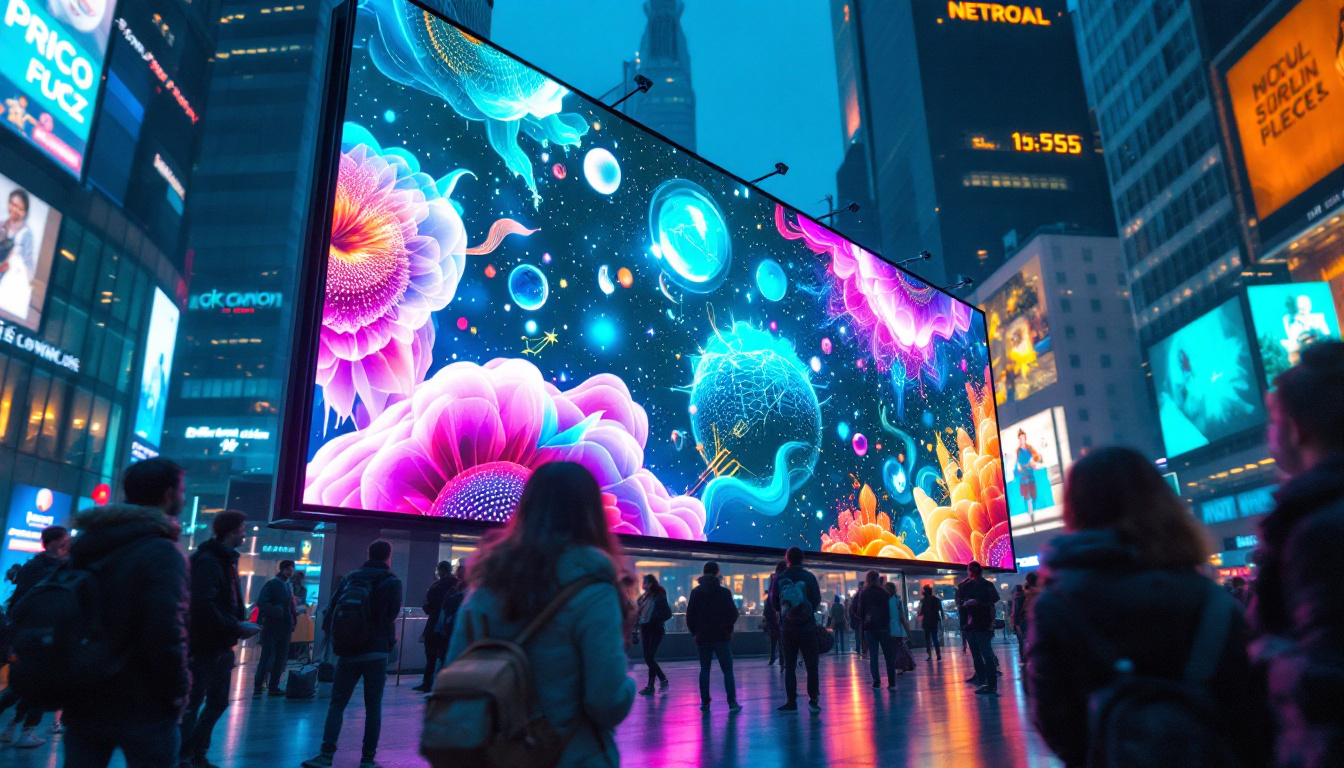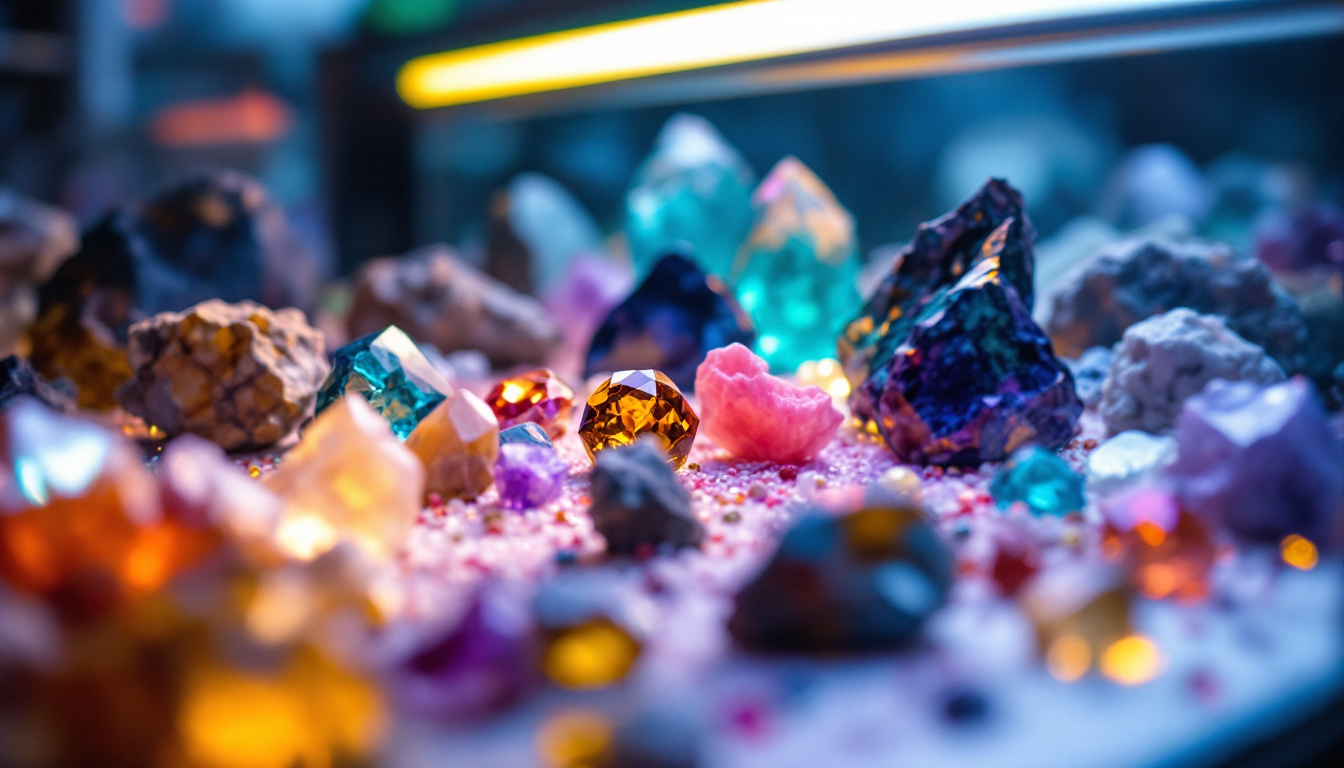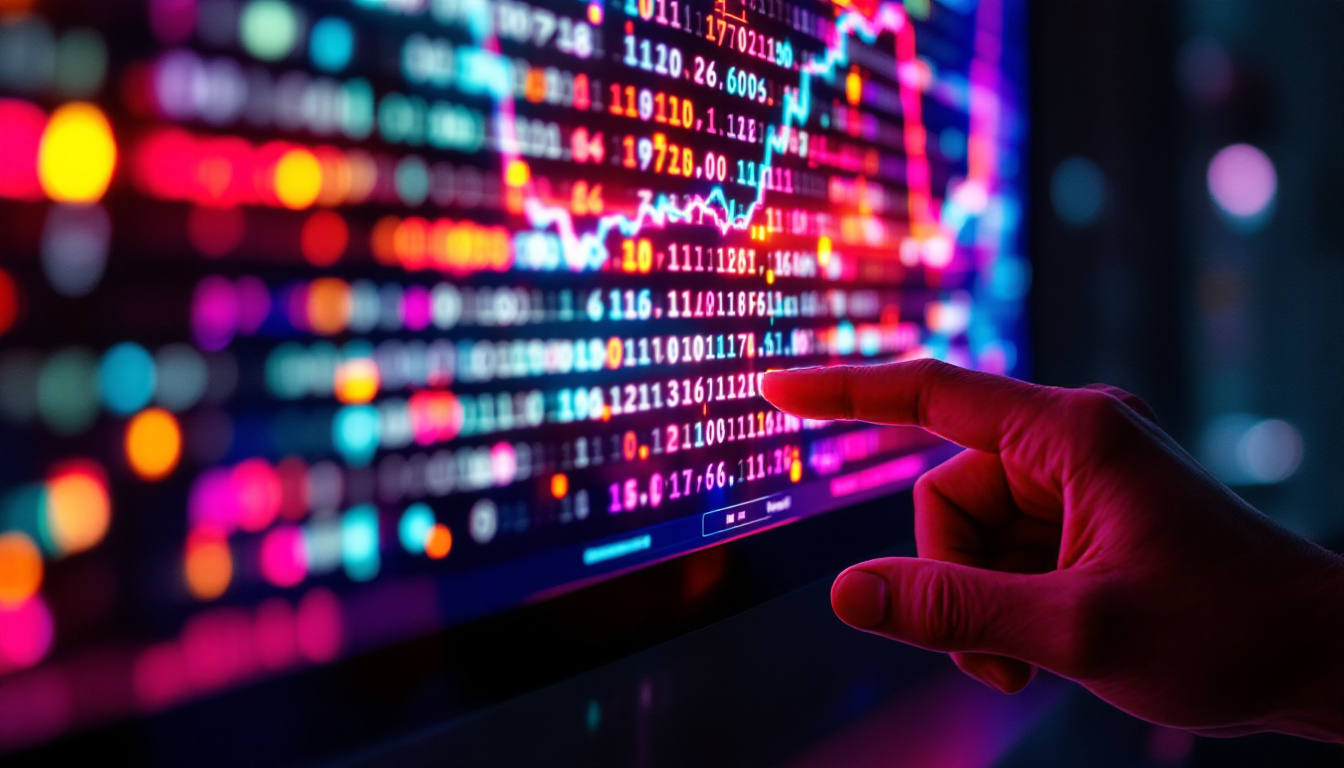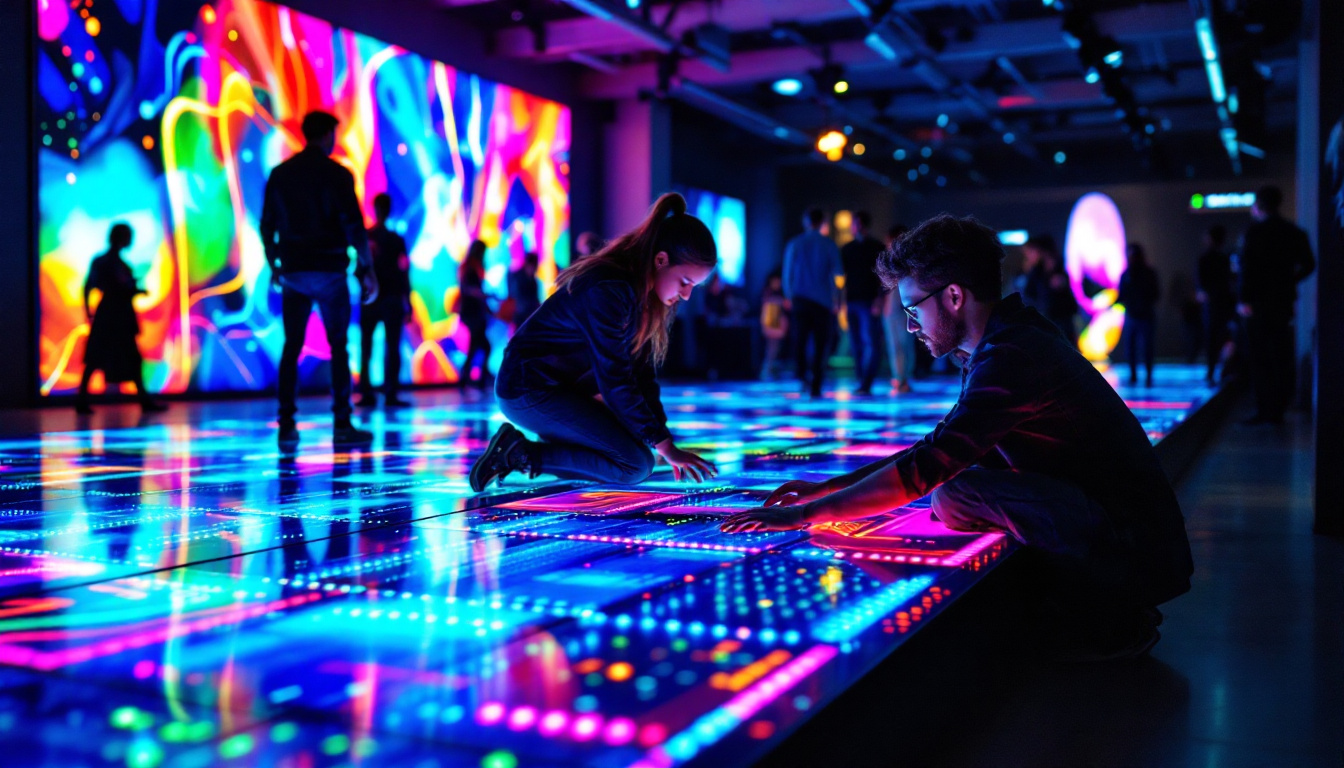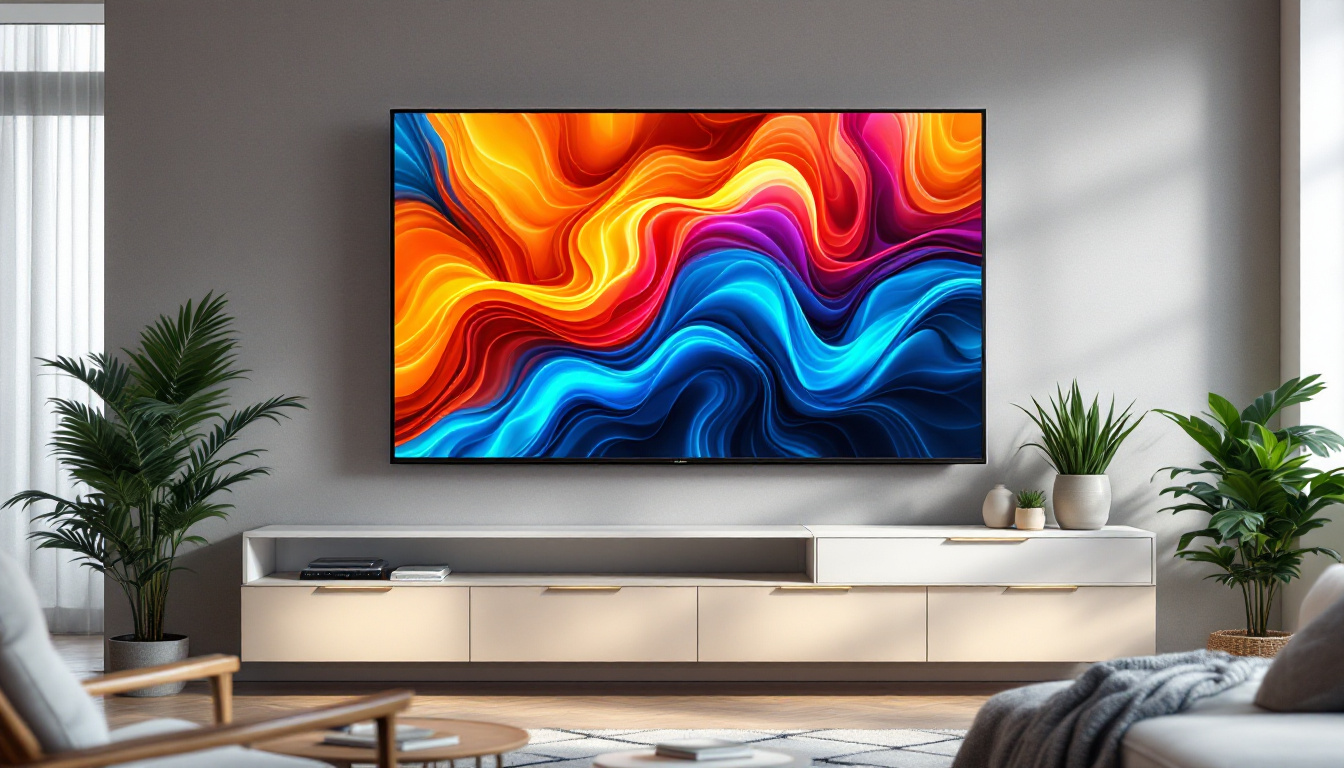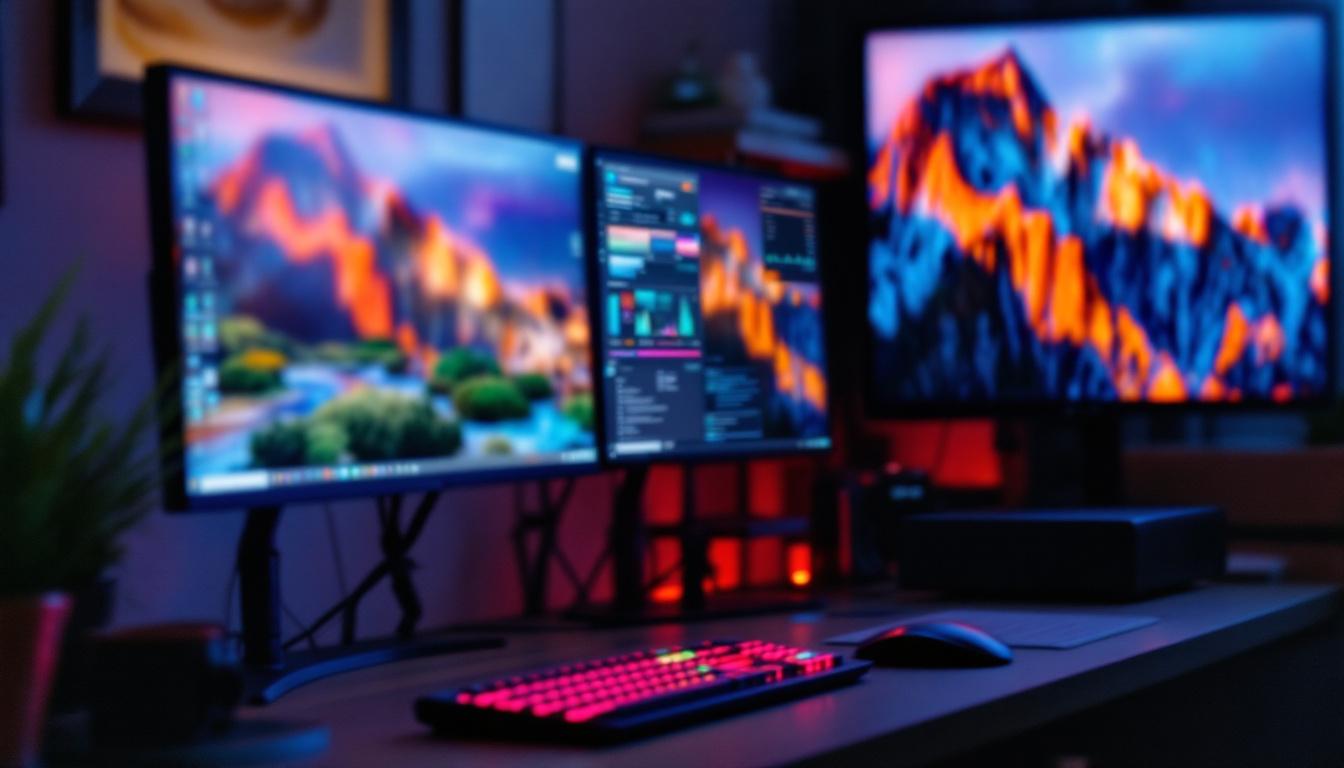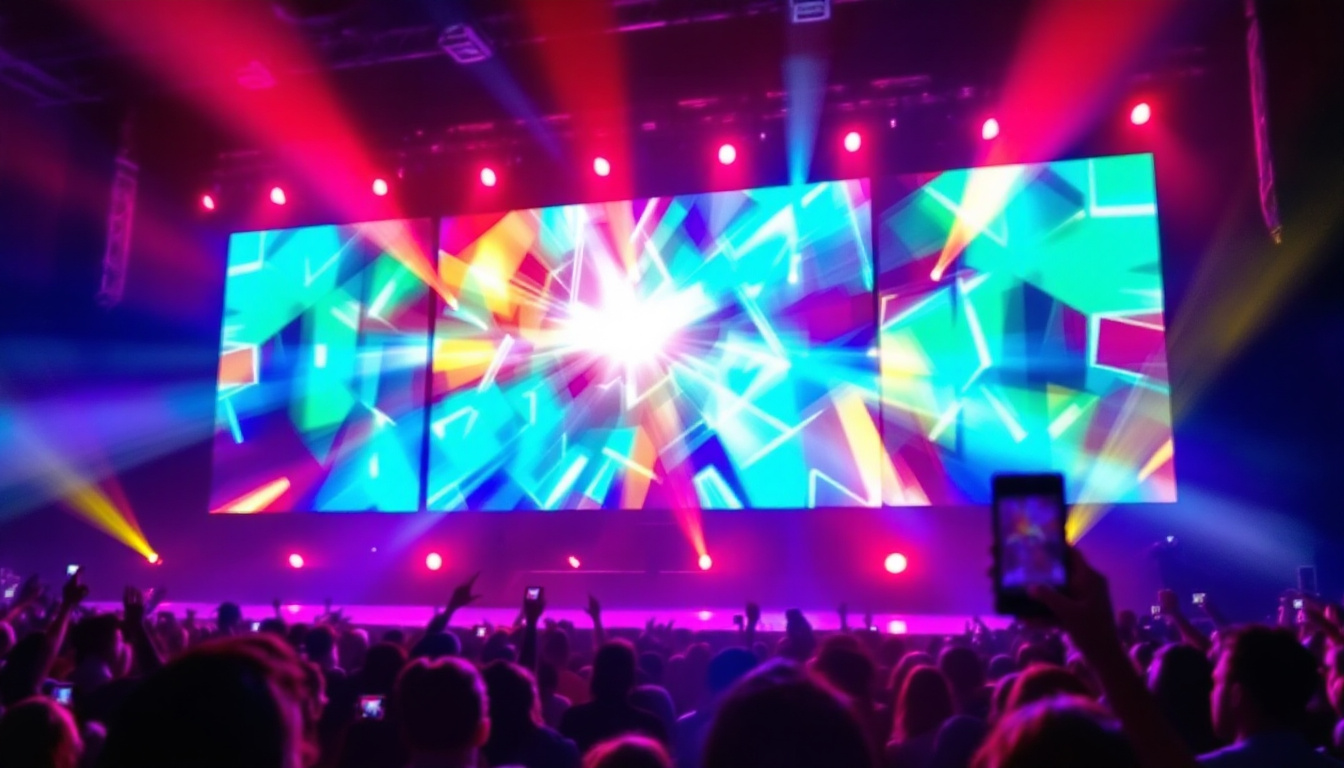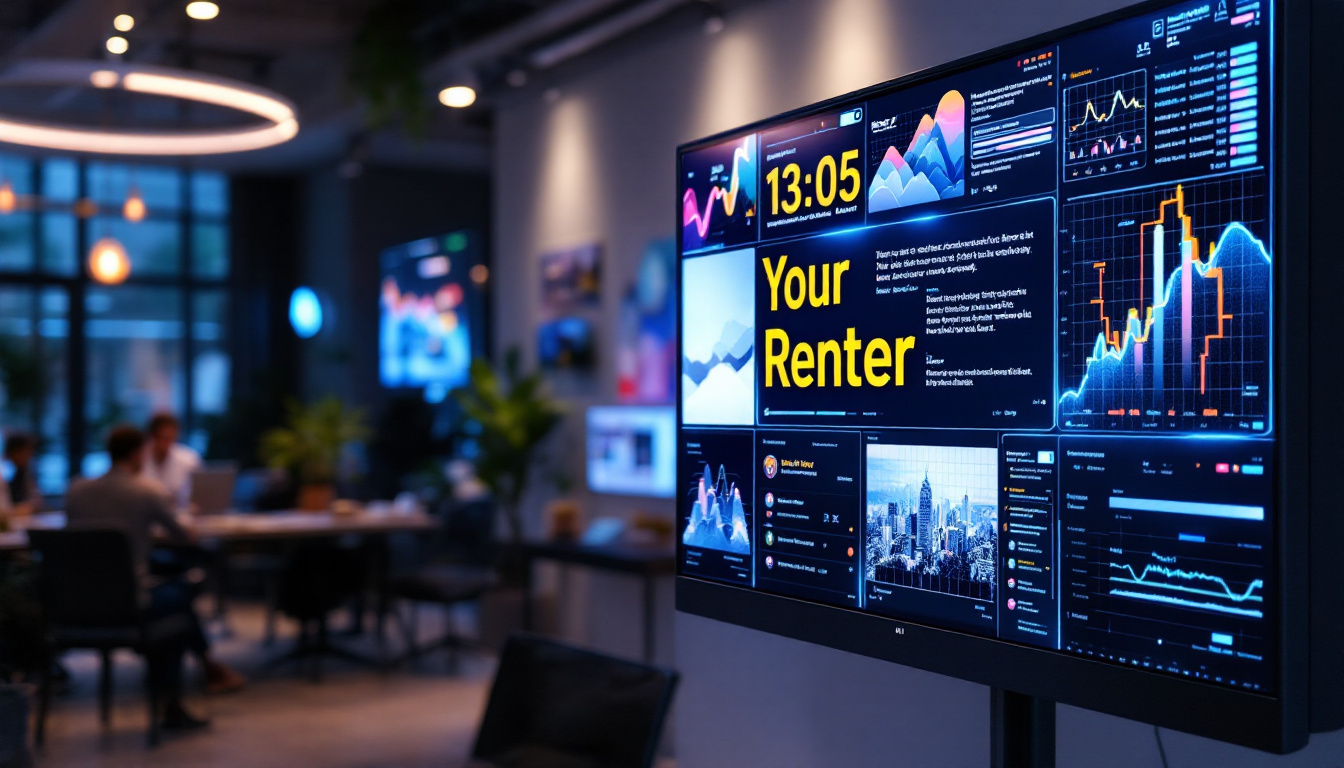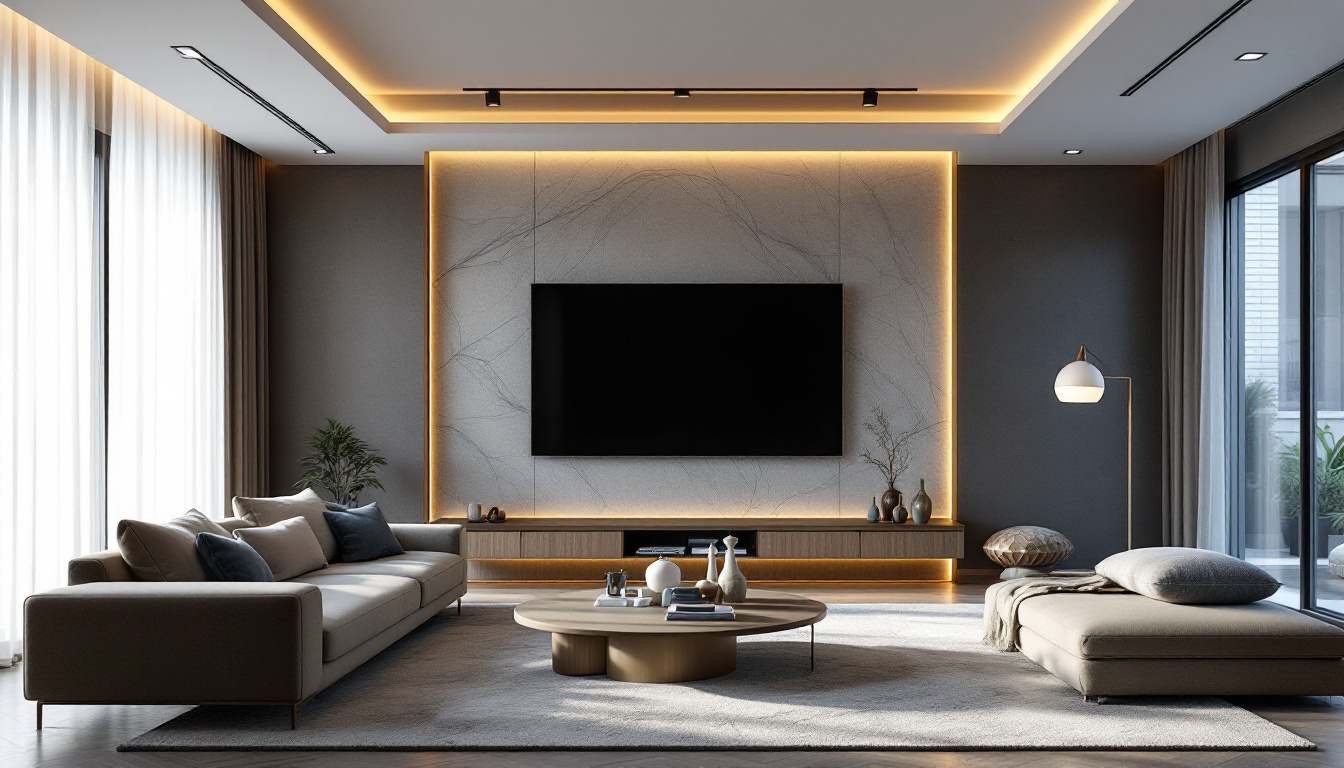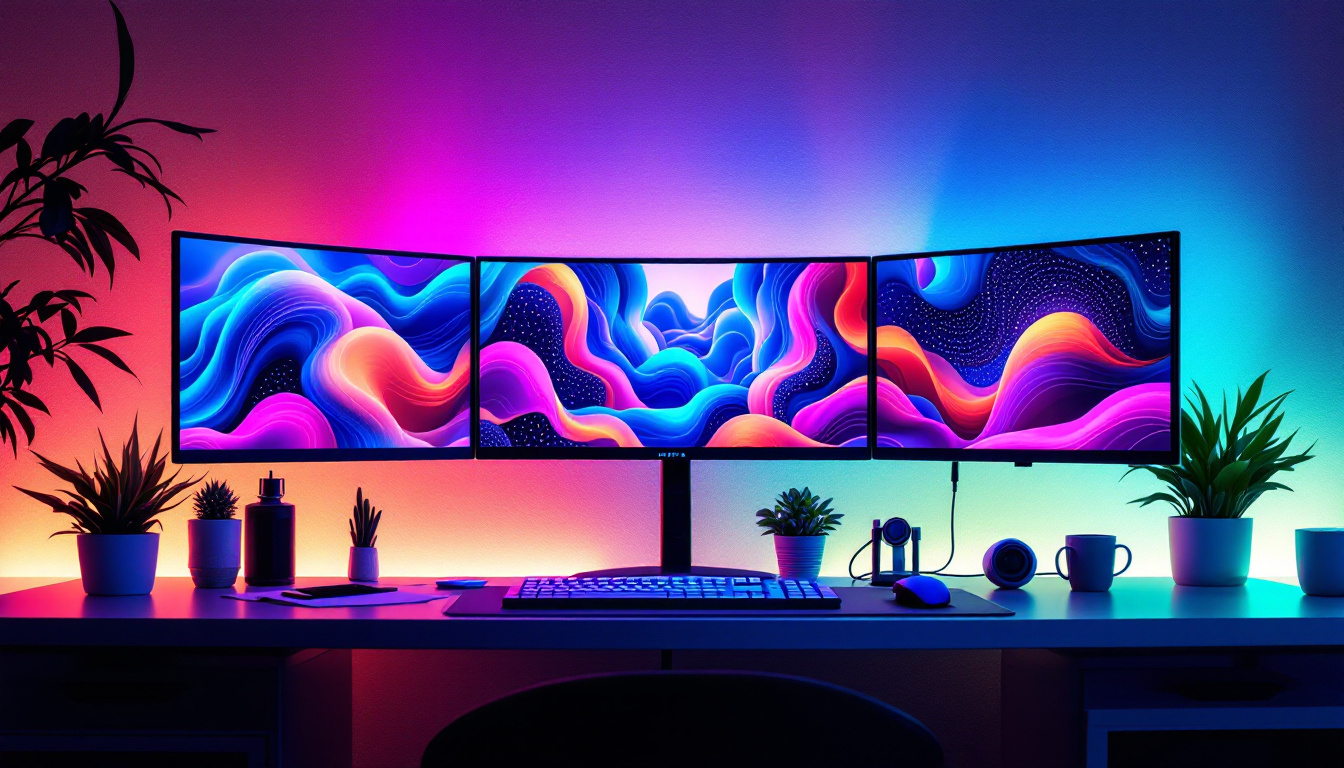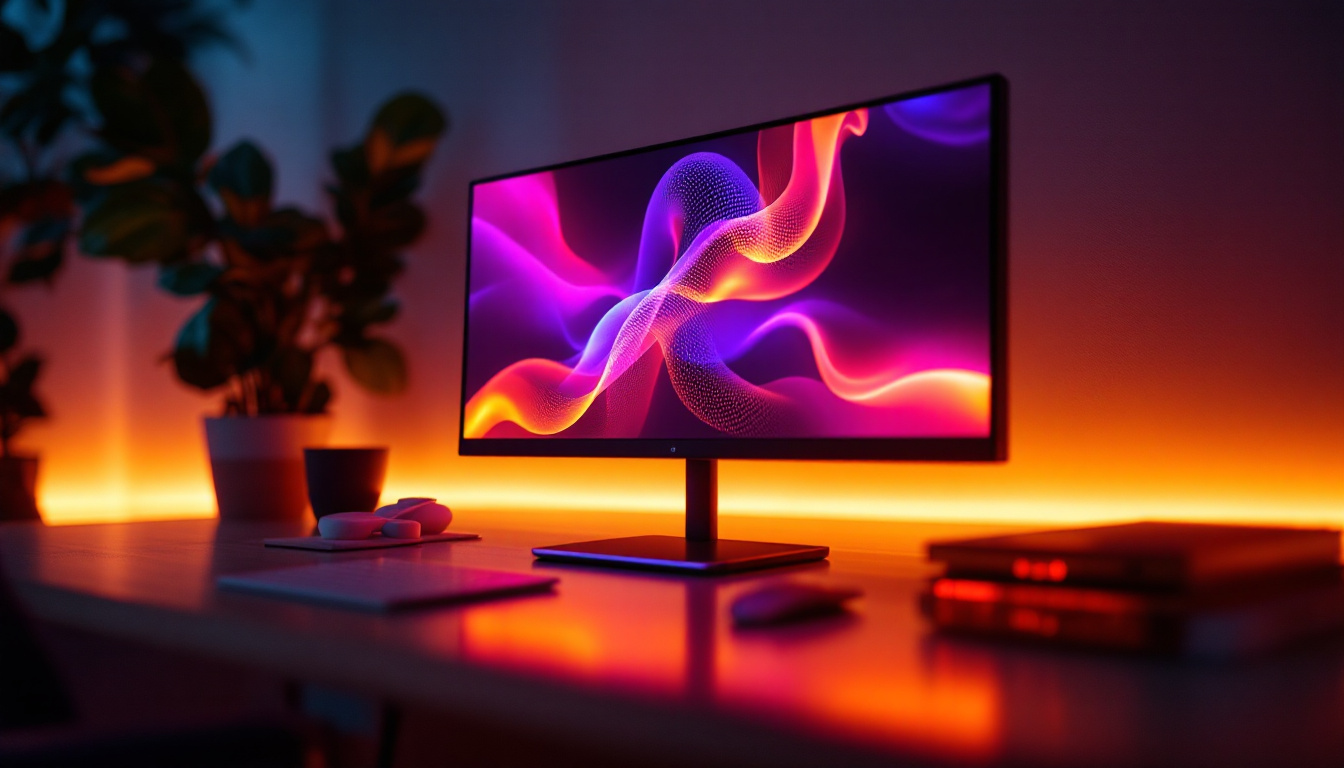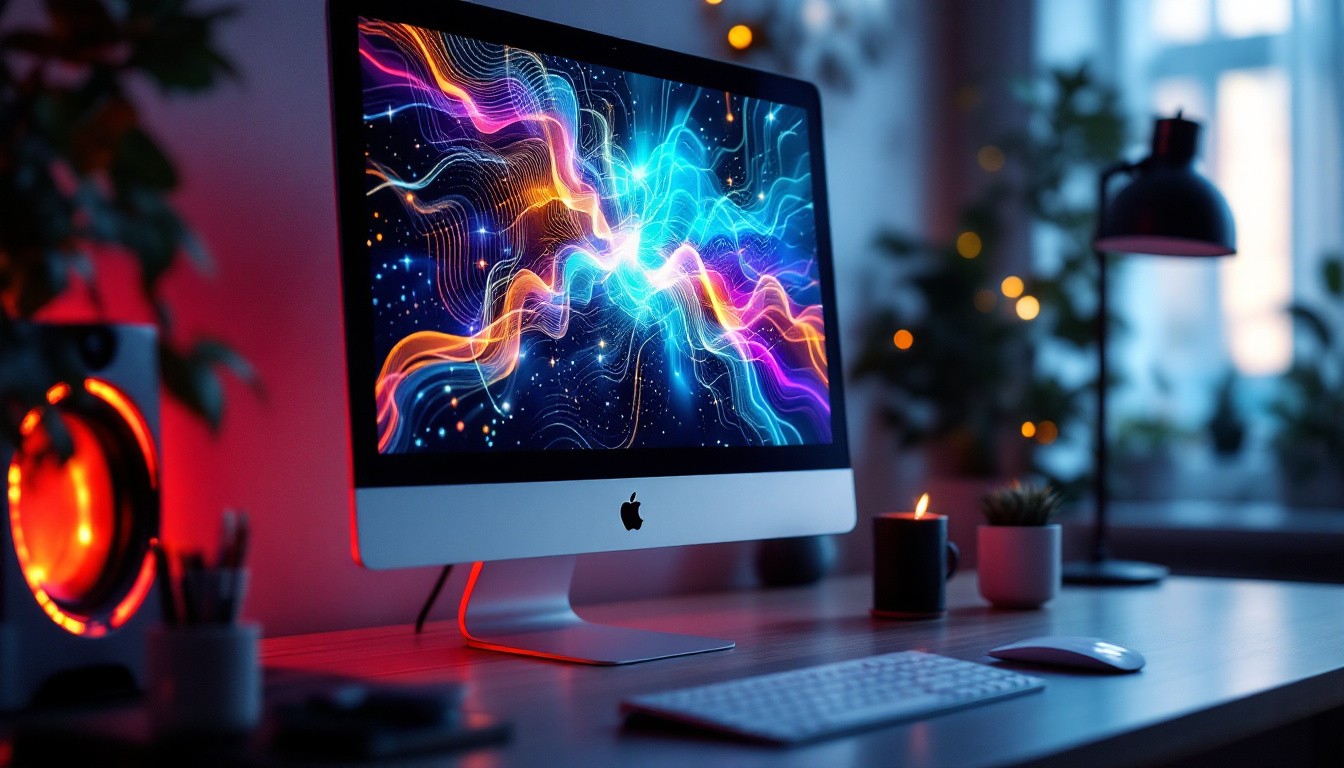In the world of live events, visual impact is paramount. Whether it’s a concert, corporate event, or theatrical performance, the use of LED screens has revolutionized how audiences experience live entertainment. This article delves into the intricacies of LED screens for stage rental, explaining their significance, functionality, and the various options available.
Understanding LED Technology
LED, or Light Emitting Diode, technology has transformed the way visuals are presented on stage. Unlike traditional projection systems, LED displays offer brighter, more vibrant colors and better contrast ratios. This section explores the fundamentals of LED technology and its advantages over other display methods.
How LED Displays Work
LED displays consist of numerous small diodes that emit light when an electric current passes through them. These diodes are arranged in a grid format, creating a matrix that can display images and videos. The combination of red, green, and blue (RGB) diodes allows for a vast range of colors, making the visuals more dynamic and engaging.
One of the key benefits of LED technology is its ability to produce high-quality images even in bright environments. This is particularly important for outdoor events where sunlight can wash out traditional displays. The brightness levels of LED screens can be adjusted to ensure optimal visibility, regardless of the lighting conditions.
Advantages of LED Screens
LED screens offer several advantages that make them the preferred choice for stage rentals. Firstly, their energy efficiency is notable; they consume less power compared to older display technologies. This not only reduces operational costs but also minimizes the environmental impact.
Moreover, LED displays are incredibly versatile. They come in various sizes and resolutions, allowing event organizers to choose the perfect setup for their specific needs. Whether a small panel for an intimate gathering or a massive screen for a large festival, LED technology can accommodate any requirement.
Types of LED Screens for Stage Rental
When considering LED screens for stage rental, it’s essential to understand the different types available. Each type serves a unique purpose and can significantly influence the overall experience of an event. This section will outline the most common types of LED screens used in live events.
Indoor LED Screens
Indoor LED screens are designed for use in enclosed spaces, such as theaters, conference rooms, and exhibition halls. These screens typically have a higher pixel density, resulting in sharper images and better color accuracy. They are ideal for events where the audience is close to the screen, ensuring that every detail is visible.
Indoor LED screens are often modular, allowing for flexible configurations. This means they can be arranged in various shapes and sizes to fit different stage designs. Additionally, they are lightweight and easy to install, making them a practical choice for event organizers.
Outdoor LED Screens
Outdoor LED screens are built to withstand the elements. They are designed with weather-resistant materials and have higher brightness levels to combat sunlight. These screens are perfect for festivals, sports events, and outdoor concerts where visibility is crucial.
Outdoor screens often come with features such as anti-glare technology and enhanced durability to ensure they can handle wind, rain, and other environmental factors. Their robust construction makes them a reliable option for any outdoor event, providing a seamless visual experience for attendees.
Mobile LED Screens
Mobile LED screens are a versatile option for events that require flexibility. These screens are mounted on trailers or trucks, allowing them to be easily transported and set up at various locations. They are particularly popular for outdoor events, parades, and sporting events, where a large audience needs to see the visuals from a distance.
With the ability to quickly deploy and dismantle, mobile LED screens are ideal for events that have tight schedules. They can be customized in size and resolution, catering to the specific needs of the event while ensuring high-quality visuals.
Key Considerations for LED Screen Rental
Choosing the right LED screen for a stage rental involves several considerations. Event organizers must take into account the specific requirements of their event, including venue size, audience distance, and content type. This section highlights the essential factors to consider when renting LED screens.
Resolution and Pixel Pitch
The resolution of an LED screen is determined by its pixel pitch, which refers to the distance between individual pixels. A smaller pixel pitch results in higher resolution and sharper images, making it suitable for events where the audience is close to the screen. Conversely, a larger pixel pitch may suffice for events where viewers are positioned further away.
Understanding the content that will be displayed is also crucial. For detailed graphics, videos, or presentations, a higher resolution is necessary to ensure clarity. In contrast, simpler graphics may not require as high a resolution, allowing for more cost-effective options.
Brightness Levels
Brightness is another critical factor when selecting an LED screen. The brightness level is measured in nits, and higher values indicate a brighter display. For outdoor events, screens with brightness levels of 5,000 nits or more are typically recommended to ensure visibility in direct sunlight.
For indoor events, brightness levels can be lower, usually ranging from 1,000 to 3,000 nits, depending on the ambient lighting conditions. Event organizers should assess the venue’s lighting to determine the appropriate brightness level for their chosen LED screen.
Setup and Installation
The setup and installation process for LED screens can vary significantly based on the type and size of the screen. It’s essential to work with a rental company that provides professional installation services to ensure safety and optimal performance. The complexity of the setup may also influence the rental timeline and costs.
Additionally, consider the power requirements and connections needed for the LED screen. Ensuring that the venue has adequate power supply and access to necessary equipment will facilitate a smooth installation process.
Content Creation for LED Displays
Once the LED screen is selected and installed, the next step is creating engaging content. The visuals displayed on the screen can significantly enhance the overall experience of the event, making it essential to invest time and resources into content creation.
Types of Content
Various types of content can be displayed on LED screens, including videos, animations, graphics, and live feeds. Each type serves a different purpose and can be tailored to fit the theme of the event. For instance, corporate events may benefit from professional presentations, while concerts might require dynamic visuals that complement the music.
It’s also essential to consider the aspect ratio of the LED screen when creating content. Different screens may have different dimensions, and ensuring that the content fits well will prevent distortion and enhance visual appeal.
Collaboration with Designers
Collaborating with graphic designers or video production teams can elevate the quality of the content displayed on LED screens. Professionals can create custom graphics and videos that align with the event’s branding and objectives, ensuring a cohesive visual experience.
Engaging content not only captivates the audience but also reinforces the message of the event. Investing in high-quality visuals can lead to a more memorable experience for attendees, ultimately contributing to the event’s success.
Cost Considerations for LED Screen Rental
Renting LED screens involves various costs that event organizers must consider. Understanding these costs can help in budgeting effectively and ensuring that the chosen solution aligns with financial constraints. This section outlines the primary cost factors associated with LED screen rental.
Rental Fees
The rental fees for LED screens can vary widely based on factors such as screen size, resolution, and rental duration. Larger screens with higher resolutions typically command higher rental prices. Additionally, rental companies may offer package deals that include installation and technical support, which can affect overall costs.
It’s advisable to obtain quotes from multiple rental companies to compare prices and services. This process can help identify the best value for the desired screen specifications and additional services.
Transportation and Setup Costs
Transportation costs can also impact the overall budget, especially for mobile LED screens that need to be transported to different locations. Setup and installation fees may be charged separately, depending on the complexity of the installation process.
Event organizers should clarify these costs upfront to avoid any surprises during the rental process. Understanding the total cost breakdown will facilitate better financial planning and ensure that all aspects of the rental are accounted for.
Future Trends in LED Screen Technology
The LED screen industry is continuously evolving, with advancements in technology leading to new possibilities for live events. This section explores some of the emerging trends that are shaping the future of LED displays.
Higher Resolutions and Smaller Pixel Pitches
As technology advances, LED screens are becoming capable of higher resolutions and smaller pixel pitches. This trend allows for even sharper images and more detailed visuals, enhancing the overall experience for audiences. As demand for high-quality content increases, event organizers can expect to see more options for ultra-high-definition displays.
These advancements will also enable the use of LED screens in smaller venues, where close viewing distances were previously a challenge. This opens up new opportunities for events in unconventional spaces, further expanding the possibilities for creative stage designs.
Integration with Augmented Reality (AR)
Another exciting trend is the integration of LED screens with augmented reality (AR) technology. This combination can create immersive experiences that captivate audiences and enhance storytelling. By overlaying digital content onto the physical environment, event organizers can engage attendees in innovative ways.
As AR technology becomes more accessible, its incorporation into live events is likely to grow. This trend will not only enhance visual presentations but also create interactive experiences that leave a lasting impression on audiences.
Conclusion
LED screens have become an indispensable part of stage rentals, offering unparalleled visual quality and versatility for live events. Understanding the technology, types, and considerations involved in LED screen rental can empower event organizers to make informed decisions that enhance the overall experience for attendees.
As the industry continues to evolve, staying abreast of emerging trends and advancements will be crucial for maximizing the impact of LED displays. With the right approach, LED screens can transform any event into a visually stunning experience that resonates with audiences long after the final curtain call.
Discover LumenMatrix’s Innovative LED Solutions
Ready to elevate your next event with cutting-edge LED display technology? LumenMatrix is at the forefront of creating immersive visual experiences that captivate and engage. From vibrant Indoor LED Walls to dynamic Outdoor LED Displays, and from versatile Vehicle LED Displays to sleek LED Poster Displays, our extensive range of solutions is designed to bring your vision to life. Whether you’re looking to dazzle with an LED Sports Display, enchant with a Floor LED Display, or innovate with Custom and All-in-One LED solutions, LumenMatrix has the expertise to enhance your brand’s presence. Experience the future of visual communication with our LED Transparent Displays and revolutionize how you connect with your audience. Don’t miss out on the opportunity to transform your stage with unparalleled clarity and impact. Check out LumenMatrix LED Display Solutions today and see the difference for yourself.

